Cinematographer Manuel Lübbers has put together a very comprehensive and educational comparison focused on large-format cinematography, by comparing side by side an ARRI Alexa 65, to an Alexa Mini. Are you interested in shooting large format? Then watch Manuel’s test below.
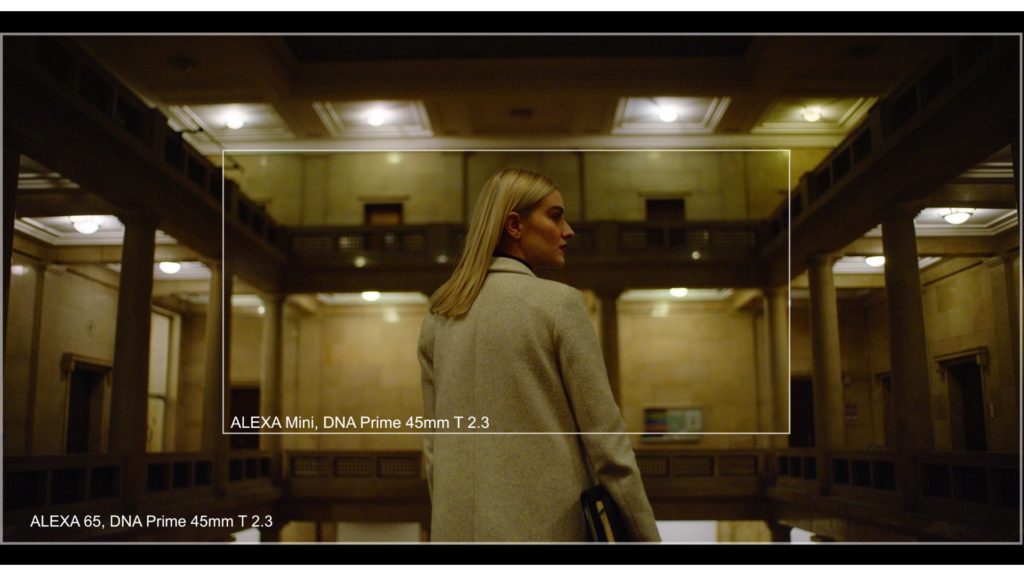
Large format as the new filmmaking ubiquitous approach
The rise of large-format cinematography is well documented almost everywhere. Many productions, and not just high-end, aim for the large format look. For instance, explore our chart regarding Oscar 2021 cameras to reveal that most of the cameras used to shoot those films are armed with large sensors (Sony VENICE, ALEXA 65, ALEXA Mini LF, ALEXA LF, RED Monstro). Even film cameras that were heavily used, hold large (if not huge) sensors (ALEXA 765, IMAX 9802, and Panavision Panaflex). Clearly, directors and DPs choose to shoot large format than the traditional Super 35. Indeed, large format has many advantages, like higher FOV (Field of View), shallower DOF (Depth of Field), less noise, compressions, movement enhancement, and more. There are cons as well like higher data rate, the camera is heavier (in most models) price, and so on.
Explore the Oscar 2021 camera chart below. Count how many cameras own large sensors, versus cameras that own Super 35. The difference is significant.
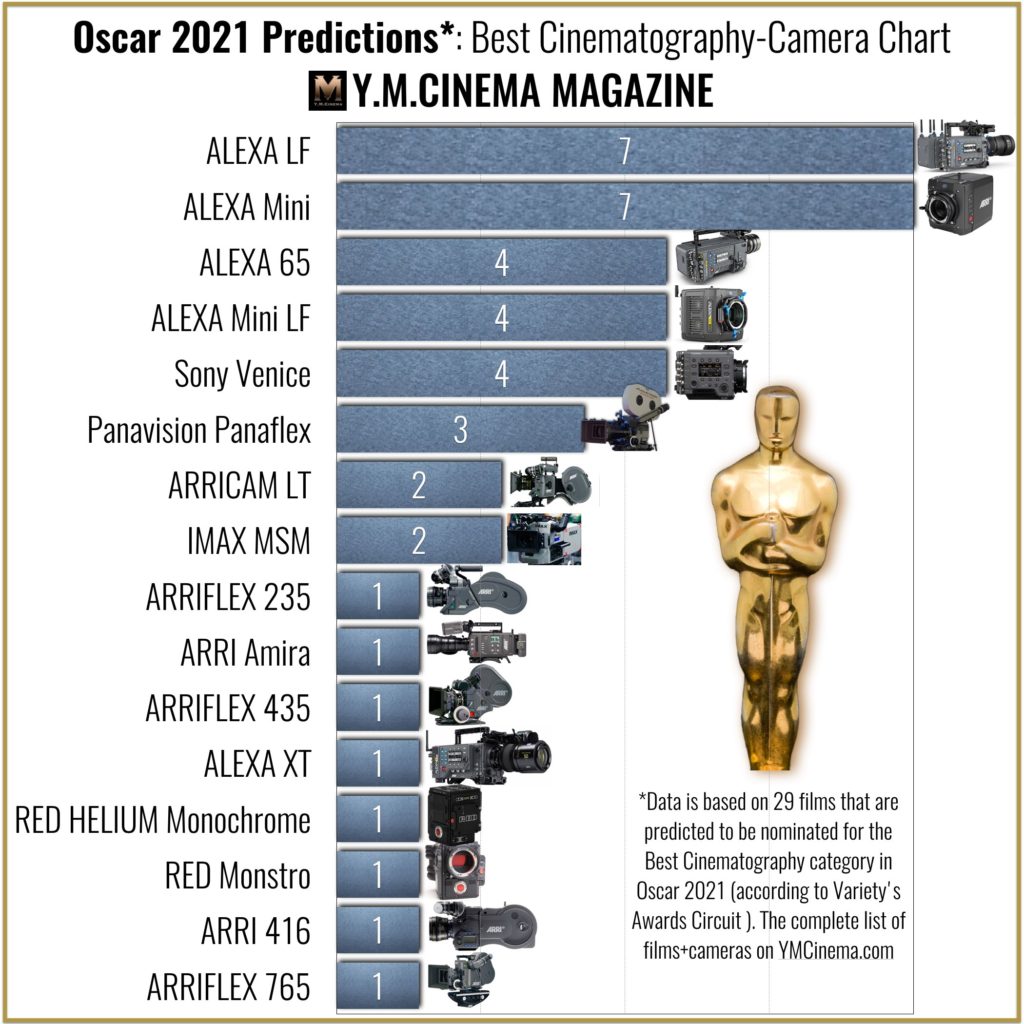
ARRI Alexa 65 vs. Alexa Mini
The best and most logical comparison to be made regarding large format and Super 35, is by analyzing the sensors of the ARRI Alexa 65 and Mini. Why? Because it’s the same sensor. The Alexa 65 utilizes the 3x the ALEV-III Sensor of the Alexa Mini that was stitched together (multiple by 3). In case you are eager to learn more about ARRI ALEV-III sensors and their different utilization by the Alexa cameras, you might want to check ARRI-certified courses regarding its camera systems. We’ve reviewed both courses that deal with the “regular” (Super 35 mm solutions, and the large format ecosystem. The links are below:
- MZed Review: ARRI Certified Training for Camera Systems
- MZed Review: ARRI Certified Online Training for Large-Format Camera System
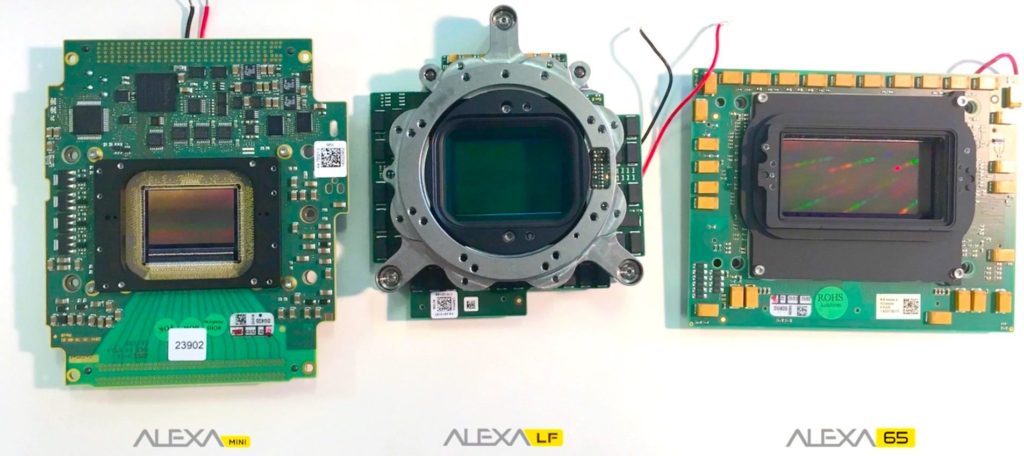
Anyway, a very educational and straightforward comparison was made by Manuel Lübbers which is a cinematographer from Germany shooting worldwide fictional films, commercials, and documentaries. Currently, Manuel is based in Munich studying cinematography at the renowned university of television and film. “To make the differences as significant as possible I compare the s35mm Alexa Mini with the 65mm Alexa 65, which is the largest sensor digital cinema camera on the market right now. Both cameras were mounted in a stereoscopic rig, so the cameras are recording the scene in the same position simultaneously.” Manuel emphasizes.
Here are the recording format used to shoot the test:
- Alexa 65: 6.5K Open Gate ArriRaw, 25p
- Alexa Mini: 3.4K Open Gate ArriRaw, 25p
Lenses:
- ARRI Rental DNA Prime 45mm T2.3
- ARRI Rental DNA Prime 35mm T2.3
- ARRI Rental DNA Prime 70mm T2.8
- ARRI Signature Prime 18mm T1.8
Check out the comparison below:
Final insights
This large-format look shootout clearly shows the cinematography differences between large and Super 35 sensors. From bird’s-eye, it seems that the large sensor performs way better and has more advantages comparing to the S35 sensor. However, let us not forget that a bigger sensor demands more resources from the camera, which has to be also bigger (because of the heat disposal apparatus and other components). Also, the data rate is much higher and requires more power and post capabilities. It needs to be noted that the large sensor used in this test is way larger than a conventional large-format sensor, and thus the differences are so significant. Watch the video and let’s know which look you prefer – the large format look or the more traditional Super 35 look? Comment below.

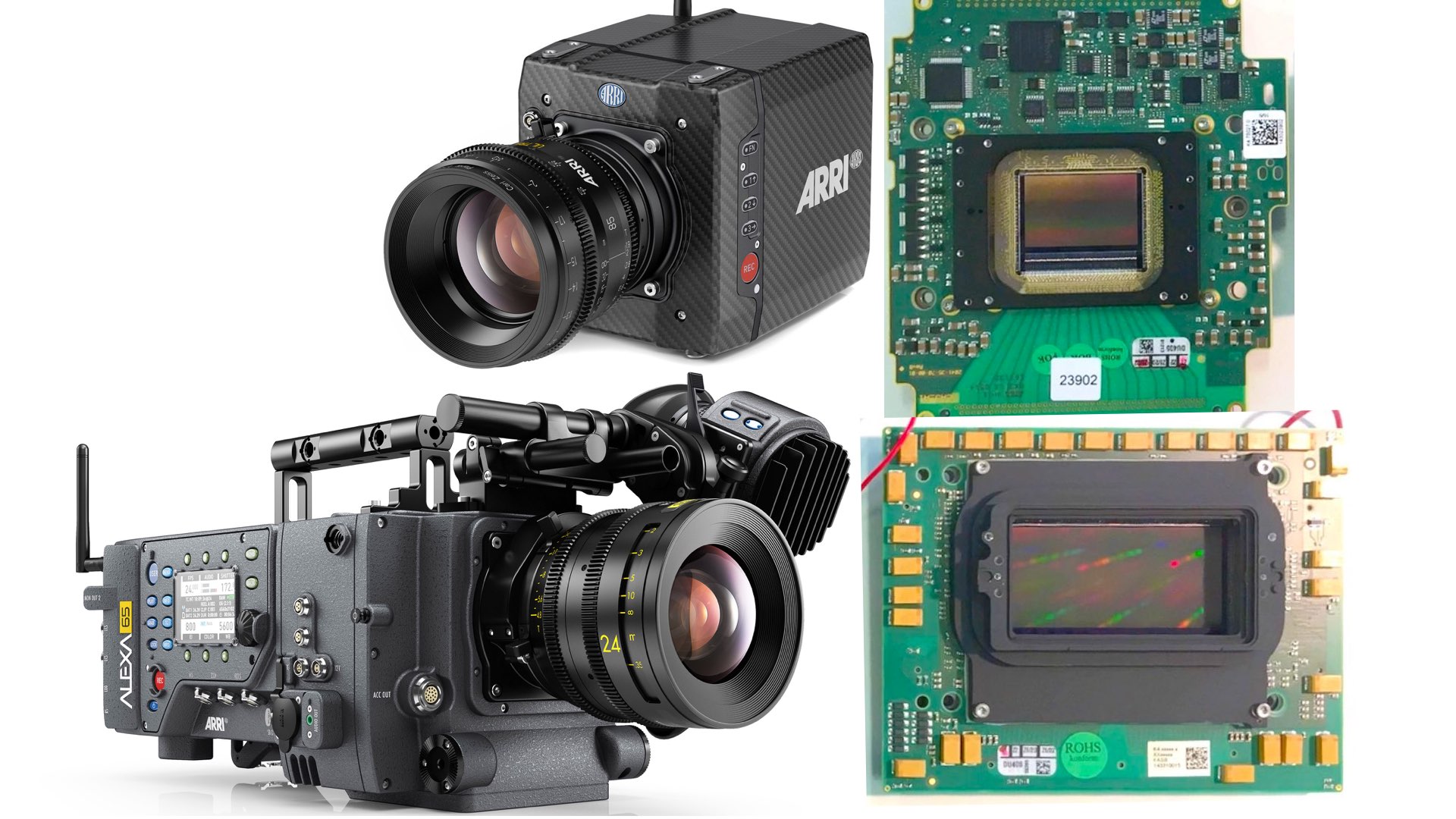
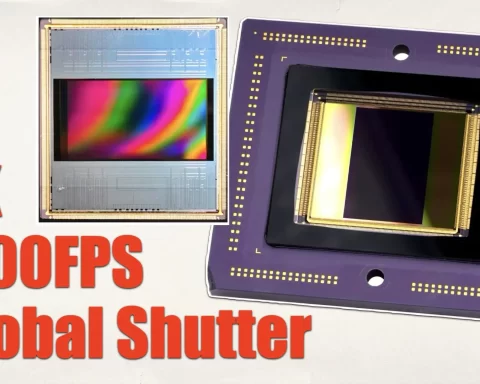




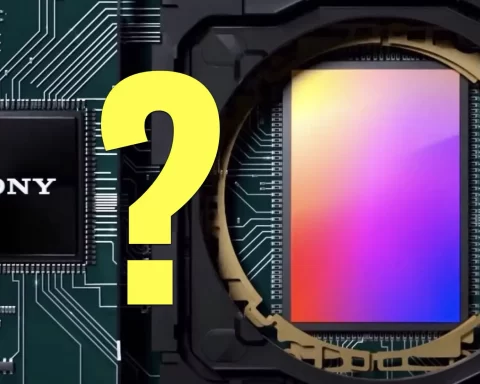

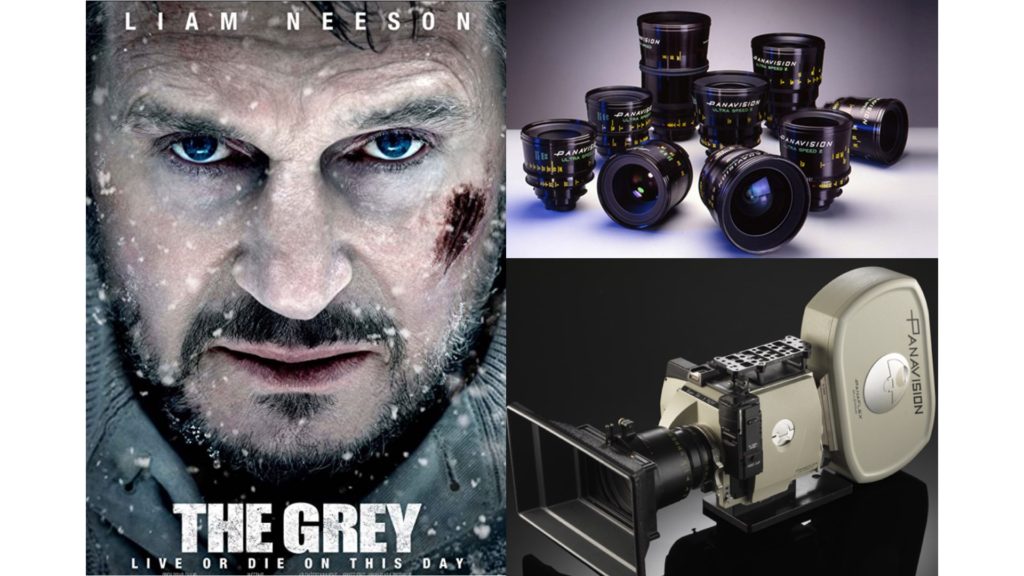

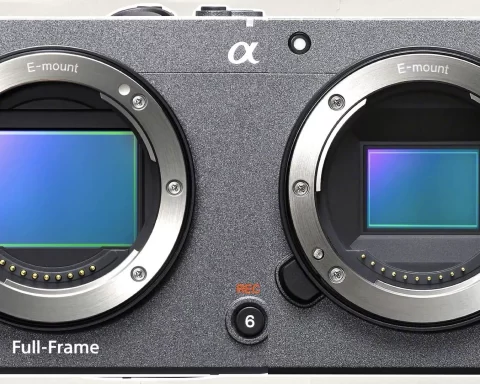
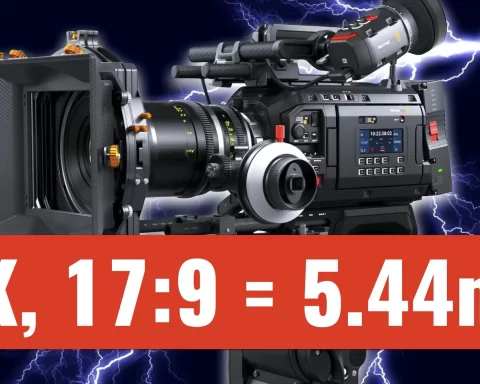
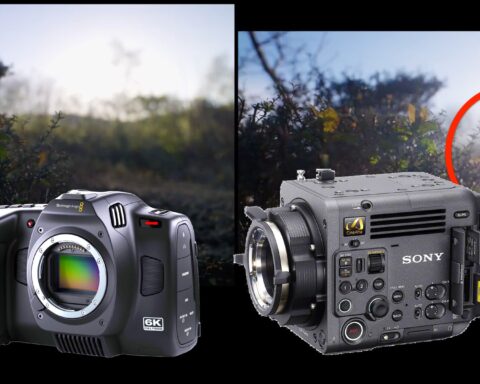
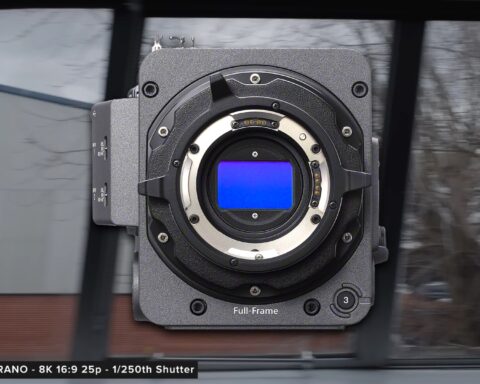


I prefer the S35 sensor size. That 65mm is way to large for those intimate settings in my opinion. Where they were in the office building it made sense to see everything around the subject but on the last scene it created bokeh that was borderline distracting to me. Yes the image was beautiful but I don’t want to pop out of narrative and into the brilliance of a shot while watching a movie, I want to be completely submerged in the moment.